Hyundai Tucson [2020-2022] GLS 4WD AT Diesel
|Rate & Win
- Tucson [2020-2022]
- Specs & Features
- Variants
- Colours
- User Reviews
discontinued
Variant
GLS 4WD AT Diesel
City
Show price in my city
Rs. 27.47 Lakh
Last Recorded PriceHyundai Tucson [2020-2022] GLS 4WD AT Diesel Review
We drove the new and updated Hyundai Tucson in the diesel automatic 4WD guise. Read on to find out how it fared
Engines and Performance
Ride and Handling
Interior Space and Quality
Features and Safety
Specifications & Features
- Specifications
- Features
- Specifications
- Features
Specifications
Engine & Transmission
Engine1995 cc, 4 Cylinders Inline, 4 Valves/Cylinder, DOHCEngine TypeR 2.0Fuel TypeDieselMax Power (bhp@rpm)182 bhp @ 4000 rpmMax Torque (Nm@rpm)400 Nm @ 1750 rpmDrivetrain4WD / AWDTransmissionAutomatic (TC) - 8 Gears, Manual Override, Sport ModeEmission StandardBS 6Turbocharger / SuperchargerTurbochargedValve/Cylinder (Configuration)4, DOHCDimensions & Weight
Length4480 mmWidth1850 mmHeight1660 mmWheelbase2670 mmCapacity
Suspensions, Brakes, Steering & Tyres
Features
Exterior
Braking & Traction
Safety
Comfort & Convenience
Lighting
Locks & Security
Doors, Windows, Mirrors & Wipers
Entertainment, Information & Communication
Mobile App Features
Storage
Airbags
Seats & Upholstery
Instrumentation
Manufacturer Warranty
Other Tucson [2020-2022] Variants
| Variants | Price | Specifications | |
|---|---|---|---|
Rs. 27.47 Lakh | 5 Person, 4WD / AWD, 400 Nm, 8 Gears, R 2.0, Panoramic, 62 litres, No, No, Front & Rear, 5 Star (Euro NCAP), 4480 mm, 1850 mm, 1660 mm, 2670 mm, 400 Nm @ 1750 rpm, 182 bhp @ 4000 rpm, Keyless, Yes (Automatic Dual Zone), Front & Rear, 1, Reverse Camera with Guidance, Yes, Yes, Yes, Yes, Torque-On-Demand, 6 Airbags (Driver, Passenger, 2 Curtain, Driver Side, Front Passenger Side), Yes, 1, BS 6, 5 Doors, Diesel, Automatic (TC), 182 bhp | Get Offers from Dealers |
Similar Cars
Explore Used Hyundai Tucson
Colors
Phantom Black
Starry Night
Typhoon Silver
Polar White
View More Colours
Write a detailed review and you can win Amazon voucher worth Rs. 2,000
Reviews
- (9 Ratings) 6 Reviews
4.1/5
- An underrated luxury SUVDriving experience was super comfy cabin space was also adequate , and it looks absolutely mind blowing, performance was also good enough. Pros: Super Comfort Suspension is crazy Amazing look Adequate leg room and head room Well refined and Powerful engine Cons: No paddle shifters No ventilated seats No side curtainsRating parameters(out of 5)4
Exterior
5Comfort
5Performance
3Fuel Economy
4Value For Money
About the ReviewerPurchase NewDriven forFew thousand kilometersWas this review helpful?10 - Excellent vehicle by Hyundai.Very good buying experience from booking to delivery. I have purchased my Tucson from Mahakali Hyundai Purnea on 08.10.2021 and driven 14291 km till now . Tucson is an excellent product of Hyundai. No any comparison in its segment. No body role at steep turning too. Very smooth driving experience. AC excellent. Breaking excellent. Make excellent. Boot space very good. Light , corning light , internal space management and quality of material used everything excellent. Hyundai should must focus on its marketing. No any servicing issue. Price of parts should be affordable. But it must have ventilated seats at this price range.Rating parameters(out of 5)5
Exterior
5Comfort
5Performance
4Fuel Economy
4Value For Money
About the ReviewerPurchase NewDriven forFew thousand kilometersWas this review helpful?31 - KrishnaIts was good and I have driven this tucson before model also and its has a great performance and low maintenance people I suggest to buy this car as it have a great 4 wheel drive experience.Rating parameters(out of 5)3
Exterior
3Comfort
3Performance
2Fuel Economy
3Value For Money
About the ReviewerPurchase NewDriven forFew hundred kilometersWas this review helpful?22
- Home
- Hyundai Cars
- Tucson [2020-2022]
- GLS 4WD AT Diesel

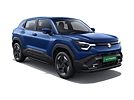
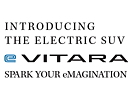

![Hyundai Tucson [2020-2022] GLS 4WD AT Diesel Hyundai Tucson [2020-2022] GLS 4WD AT Diesel](https://imgd.aeplcdn.com/664x374/n/cw/ec/39082/tucson-exterior-right-front-three-quarter.jpeg?q=80)
![Hyundai Tucson [2020-2022] Right Front Three Quarter Hyundai Tucson [2020-2022] Right Front Three Quarter](https://imgd.aeplcdn.com/664x374/n/cw/ec/39082/tucson-exterior-right-front-three-quarter-3.jpeg?q=80)
![Hyundai Tucson [2020-2022] Right Side View Hyundai Tucson [2020-2022] Right Side View](https://imgd.aeplcdn.com/664x374/n/cw/ec/39082/tucson-exterior-right-side-view-2.jpeg?q=80)
![Hyundai Tucson [2020-2022] Right Rear Three Quarter Hyundai Tucson [2020-2022] Right Rear Three Quarter](https://imgd.aeplcdn.com/664x374/n/cw/ec/39082/tucson-exterior-right-rear-three-quarter-2.jpeg?q=80)

![Hyundai Tucson [2020-2022] Rear View Hyundai Tucson [2020-2022] Rear View](https://imgd.aeplcdn.com/664x374/n/cw/ec/39082/tucson-exterior-rear-view-2.jpeg?q=80)
![Hyundai Tucson [2020-2022] Left Rear Three Quarter Hyundai Tucson [2020-2022] Left Rear Three Quarter](https://imgd.aeplcdn.com/664x374/n/cw/ec/39082/tucson-exterior-left-rear-three-quarter-2.jpeg?q=80)
![Hyundai Tucson [2020-2022] Left Side View Hyundai Tucson [2020-2022] Left Side View](https://imgd.aeplcdn.com/664x374/n/cw/ec/39082/tucson-exterior-left-side-view.jpeg?q=80)



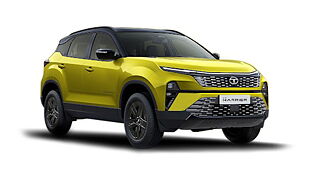
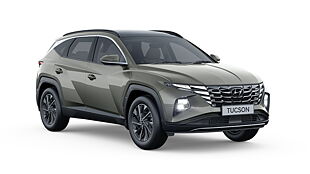
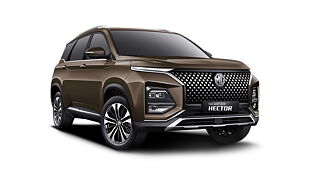
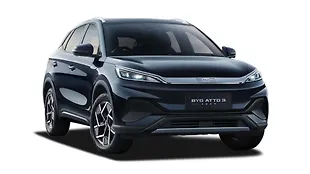

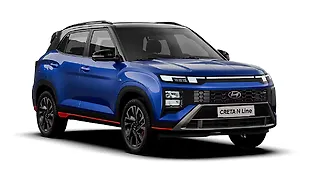
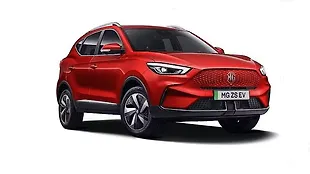




![Second hand Hyundai Tucson Signature 2.0 AT Diesel [2022-2023] Second hand Hyundai Tucson Signature 2.0 AT Diesel [2022-2023]](https://imgd.aeplcdn.com/310x174/vimages/202412/3742123_7995_1_1734689471767.jpg?q=80)



